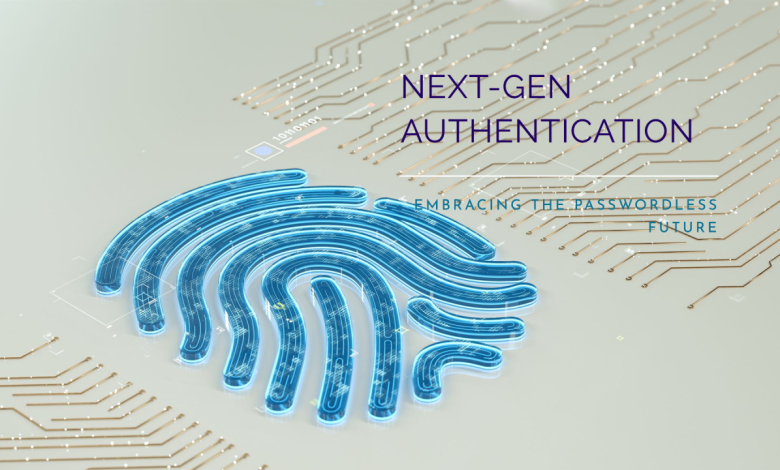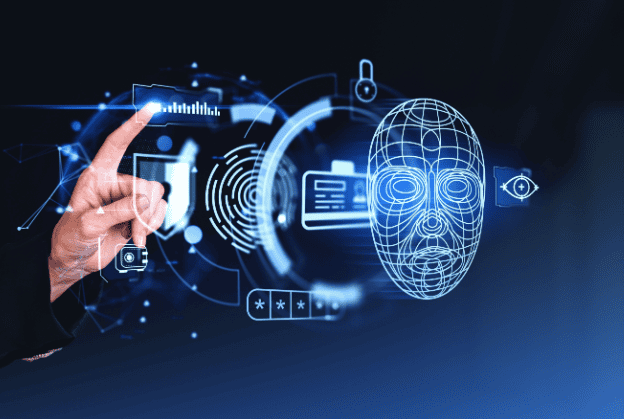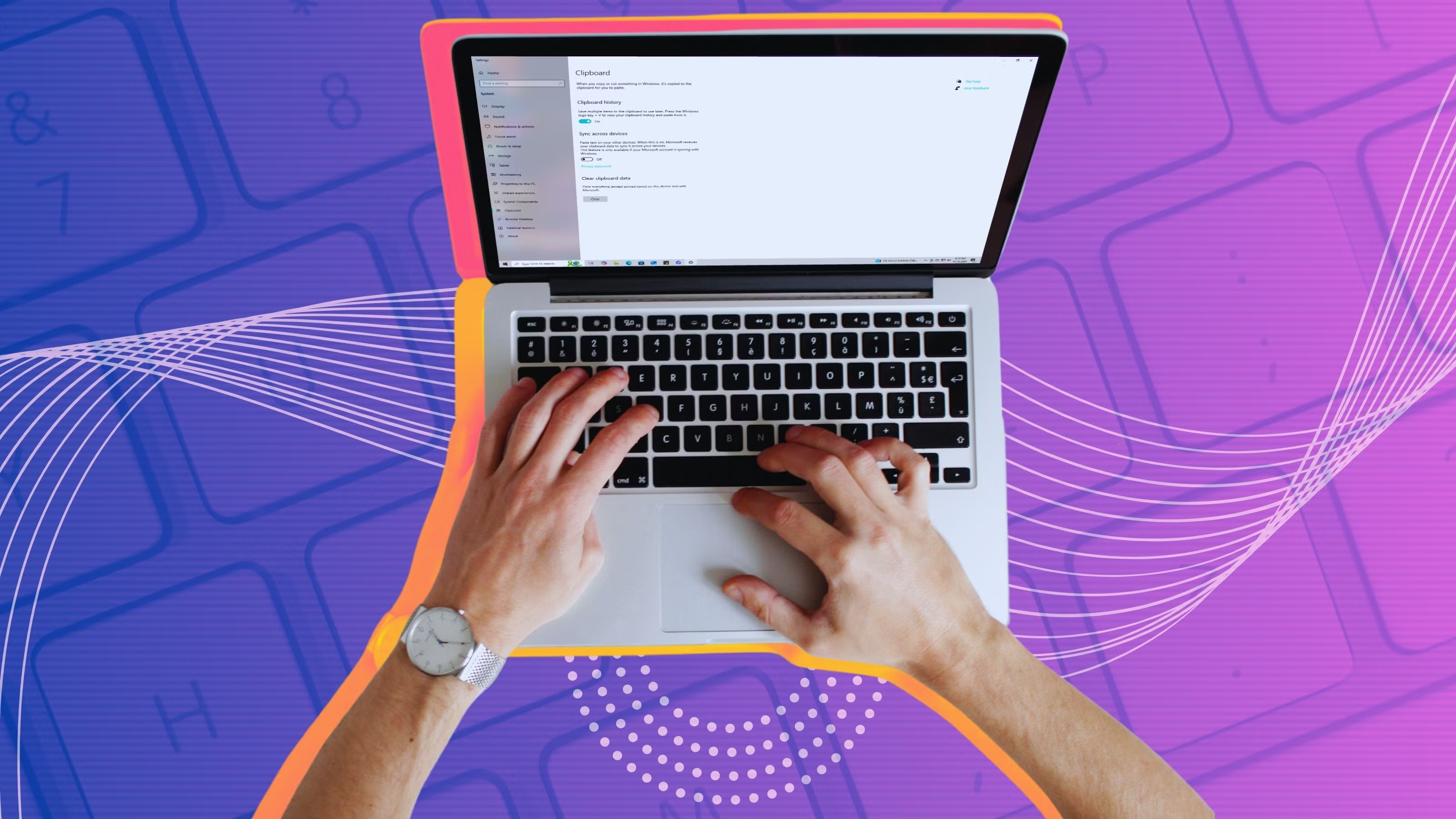How to embrace a passwordless future today

How to Embrace a Passwordless Future Today
The concept of a passwordless future has become a key focus in the world of cybersecurity. As digital threats continue to evolve, many experts believe it’s time to move beyond passwords for security. Passwords have long been the primary method of securing accounts and devices. However, they are often weak, easy to guess, and prone to being stolen or leaked. Transitioning to passwordless authentication methods offers a stronger, more secure alternative. This guide will explore how to embrace a passwordless future today and why it matters for your security.
The Problem with Passwords
Passwords have been the cornerstone of digital security for decades. However, they come with significant risks. Many people use simple or repetitive passwords across multiple accounts. This makes it easier for hackers to gain access to private information. Additionally, passwords can be stolen in data breaches or through phishing attacks. Once stolen, a password can be used to access not only the original account but any other account where the same password is used.
Despite these risks, passwords remain in widespread use. This reliance on passwords has created a need for more secure authentication methods. Fortunately, passwordless solutions are becoming more accessible and user-friendly, offering a path to better security.
What is Passwordless Authentication?
Passwordless authentication refers to a method of verifying your identity without needing to enter a password. Instead, it relies on alternative factors such as biometrics, one-time codes, or authentication apps. These methods are generally more secure than traditional passwords because they are harder to hack or steal.
Biometrics, such as fingerprints or facial recognition, are a popular form of passwordless authentication. These unique physical traits make it difficult for someone else to impersonate you. Similarly, one-time passcodes (OTPs) sent to your phone or email provide temporary, single-use codes for login. Another option is using authentication apps like Google Authenticator or Microsoft Authenticator, which generate secure, time-sensitive codes.
Why Switch to Passwordless Authentication?
Switching to passwordless authentication provides several key benefits. First, it significantly reduces the risk of your accounts being hacked. Since there is no password to steal, attackers cannot exploit common password vulnerabilities. Second, it makes logging in faster and easier. Forgetting a password can be frustrating, especially when you need access quickly. Passwordless methods, on the other hand, allow for quick, seamless access without the hassle of remembering complex passwords.
Moreover, passwordless authentication methods can improve your overall security posture. For example, biometrics are unique to you and difficult to replicate. OTPs and authentication apps also offer an extra layer of security, ensuring that even if someone gains access to your email or phone, they still cannot log in without the additional code.
How to Implement Passwordless Authentication
Implementing passwordless authentication is easier than you might think. Many companies, including Google, Apple, and Microsoft, offer built-in passwordless features. For example, both Apple and Microsoft support using face or fingerprint recognition for logging into devices and applications. Google offers two-factor authentication and supports third-party authentication apps that use OTPs.
To get started, enable multi-factor authentication (MFA) wherever possible. This adds an extra layer of protection even if a password is compromised. Many platforms now allow users to enable MFA with biometric methods or authenticator apps. For instance, Google accounts can be set up to allow users to sign in using their phone, eliminating the need for a password.
Next, take advantage of passwordless login options provided by various apps and services. Popular tools like Windows Hello, which allows you to log into your Windows PC using face recognition or a fingerprint, are a great example of this technology in action. Similarly, services like Authy and LastPass can generate one-time passcodes or provide more secure, passwordless login options for websites.
Overcoming Challenges with Passwordless Systems
While the benefits of passwordless systems are clear, there are some challenges to overcome. For one, not all services and platforms currently support passwordless authentication methods. As adoption grows, more platforms are expected to provide these features, but for now, users may need to use a combination of traditional passwords and passwordless methods.
Another challenge is the need for reliable biometric devices or authentication apps. Some users may not have access to devices like fingerprint scanners or face recognition hardware. In such cases, using OTPs or authentication apps might be the best solution.
Additionally, there’s the issue of backup methods. If you lose access to your phone or biometric device, you may be locked out of your accounts. It’s essential to have backup authentication options, such as recovery codes or a secondary email address, in place to ensure you can still access your accounts.

Best Practices for Securing Your Accounts
To ensure a smooth transition to a passwordless future, follow these best practices. First, always enable multi-factor authentication (MFA) where available. This adds a crucial second layer of protection. Second, use a trusted authentication app or service that supports passwordless login. Popular apps like Google Authenticator and Microsoft Authenticator are widely supported and easy to set up.
Furthermore, consider using biometric authentication wherever possible. Whether it’s fingerprint recognition on your phone or face recognition on your PC, biometrics provide an easy and secure way to log in without the need for a password.
Lastly, make sure you have a backup plan in case you lose access to your primary authentication method. This could include backup codes, recovery options, or secondary verification methods.
The Future of Authentication
As technology continues to evolve, we can expect to see even more advancements in passwordless authentication. The rise of biometric verification, secure hardware tokens, and more sophisticated multi-factor authentication systems will continue to improve security. In the future, it may become standard to rely on passwordless methods for almost all digital interactions.
Embracing a passwordless future is a step toward safer, more efficient digital interactions. With the right tools and practices, you can make your accounts more secure and easier to access.





